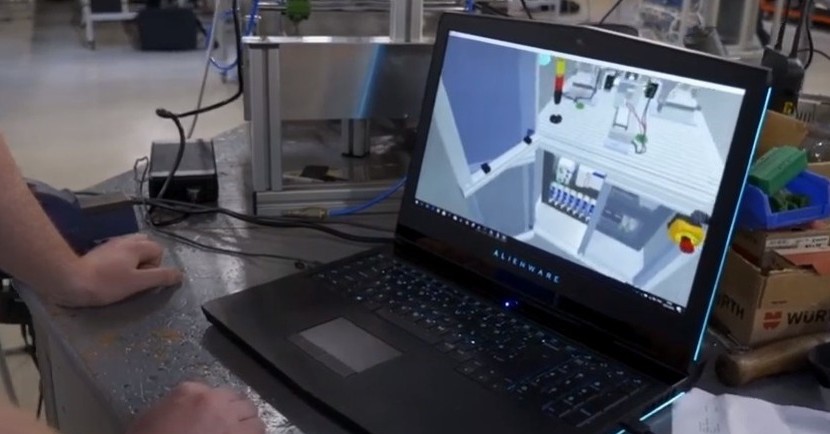Agricultural is taking significant strides in the use of automation and smart technologies. This is making farming more efficient while productivity is also increasing.
However, almost all the focus in the industry, as well as from the tech companies developing the solutions, is on large-scale farming operations. With large-scale farms, there are economies of scale, plus it is easier to narrow the parameters and reduce the occurrence of unknowns.
The Challenge
Small-scale farms are being left behind in this digital evolution of agriculture, however. Not only are the machines being developed often too large for small farming operations, but they are not designed for use on a small farm.
Take an autonomous tractor, for example, that can operate in a field without a driver. As mentioned above, it’s easier on a large farm to narrow the parameters within which this vehicle must operate as well as reducing the occurrence of unknowns. The latter includes everything from the contours of the terrain to the quality of the access lanes to the gate the autonomous vehicle must pass through to get into and out of the field.
On a small farm, these challenges are much harder to mitigate. Therefore, for small-scale farms to become smart farms, the technology must improve.
The Technologies
In theory, the technologies required to create a small-scale smart farm already exist. This includes:
- Autonomous driving technologies
- 360-degree cameras
- Machine vision systems
- Virtual reality and augmented reality technologies, particularly Microsoft’s HoloLens
- Cloud technologies
- Satellite navigation
- And more
While all these technologies exist and are currently deployed in a range of sectors and industries, including in agriculture, they are yet to be adapted to a small farm operation in a real-life setting.
This is the goal of Feirm CHILSTE.
Overcoming the Challenges of Creating Small-Scale Smart Farms
Feirm CHLISTE is an E-Cubers project that involves TY students from Coola Post Primary School in Sligo and master’s students at the University of Limerick. They are supported by the automation and control systems specialists at SL Controls.
The Feirm CHLISTE project (Feirm CHLISTE is Irish for Smart Farm) involves creating smart technologies that will be used to seed grass in a field on a small Irish farm on the Sligo-Leitrim border. The project also involves autonomously cutting and managing the grass grown in that field.
In practice, this means developing an autonomous vehicle capable of cutting and spreading. As it needs to be autonomous, it will be fitted with machine vision technology so it can work without the intervention of either an onboard or remote operator, i.e. it will be independent of humans, and will instead operate via customised software.
The vehicle will, however, have 360-degree camera technology to give the farmer oversight of its operations when required, using Microsoft HoloLens.
Some of the challenges the project is working to overcome includes:
- Connectivity issues – data transmission and storage, as well as internet access, are essential to the success of the project, including to control the ATV. However, the location of the farm is rural, so 3G and 4G internet connectivity is minimal. Obtaining high speed broadband access is, therefore, essential.
- Unpredictable terrain – the terrain the autonomous vehicle will operate on, including the access lanes to the fields, is uneven and unpredictable, i.e. the terrain is typical of a small Irish farm. The autonomous vehicle will need to be able to handle rocks, changing weather, and variable surface conditions.
- Changeable conditions – following on from the last point, the whole system needs to be able to cope with the variable conditions faced by all small farms in Ireland.
The Feirm CHLISTE team is already well advanced in overcoming these challenges. We’ll post updates on their progress here on the E-Cubers blog.

